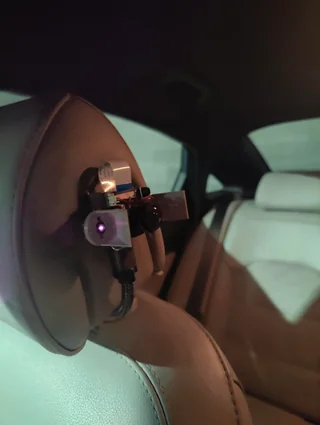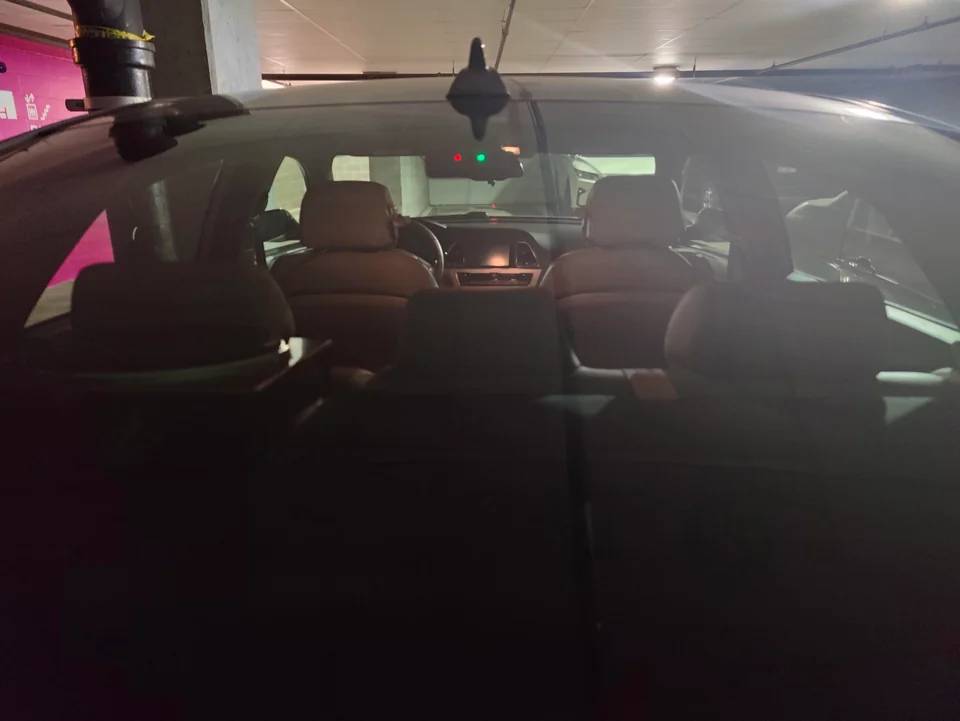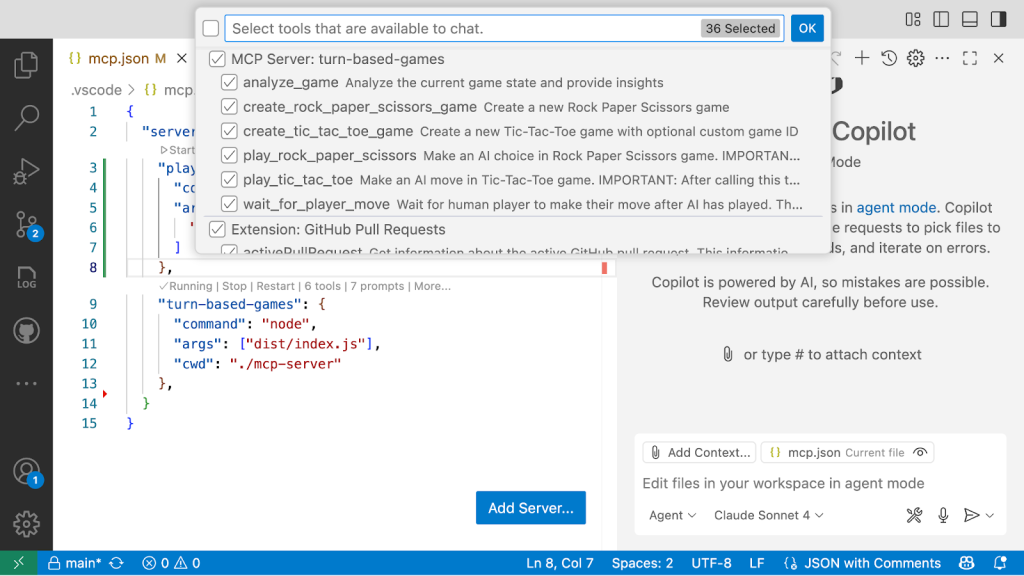When it comes to security, you can’t go wrong with covering all of your bases. That’s why we appreciate this project put together by maker and developer Fishwithadeagle, who’s created an impressive Raspberry Pi dashcam system. Not only does it help record while you drive, but it also keeps recording when you stop and the vehicle isn’t powered on. This means you’re covered with a watchful eye even if you aren’t around.
Fishwithadeagle built the whole system from scratch with a few features that make it really stand out against commercial dashcams you can buy on the market, at a much lower price. In addition to continuously recording, it has an impressively high battery life of 38 hours, infrared support, and the ability recharge the batteries quickly.
Dashcam systems that offer features like this can cost upward of $700 and even $900 USD. However, Fishwithadeagle managed to put this together for just $550. It records using multiple cameras, providing four separate streams — two of which offer 1080p quality at 30 FPS while the other two have a resolution of 2592×1944 at 12 FPS. All the cameras are hosted through a singular Pi, meaning you have one point of contact for monitoring them.
The main board powering the system is an 8GB Raspberry Pi 5. It’s powered by two rechargeable LiFePo4 batteries with a 190 Whr rating. A 256GB microSD card takes care of storage, which is necessary for capturing so much video. Fishwithadeagle confirmed that two Logitech c930e webcams are used alongside a couple of J5 Create 360 webcams. Those four cameras constitute the majority of the price. The hardware was mounted using various 3D components that Fishwithadeagle designed and printed for this project.
Unfortunately, Fishwithadeagle has yet to provide the source code used in the project, so we aren’t exactly sure how everything communicates. However, he did offer to share the code with anyone interested in how the project works, confirming that there are five scripts that are used. Be sure to follow him for future updates as well as a tutorial breaking down further how the project was assembled.
If you want to get a closer look at this Raspberry Pi projectyou can check out the project thread shared to Reddit.









